When you're around horses long enough the inevitable happens, you learn what thrush is and you end up having to deal with it. It isn't always as simple as applying a single product because thrush is tough to beat and in the process can make our horse lame.
Even before it becomes that bad, thrush can cause enough heel pain that the horse toe walks; a process that impairs the entire hoof function and can create many other hoof monsters.
What happens when you've tried treatment after treatment and aren't getting anywhere? That is how I've been feeling for the last two years with my gelding Jobi. He came back to me with shoes on, terribly contracted heels and the worst case of thrush I've had to personally deal with. He wasn't head-bob lame, but he wasn't what I would call sound either when the shoes came off. Lots of toe walking, obvious pain when you'd press on his frogs and heel bulbs, and a mess for trimming because he was so sore standing on three legs.
I started with the arsenal I've always known for treating thrush – a combination of a proper hoof trim and some topical treatment. The problem was that his feet were in such a shape that there was no trim I could give him that would allow him to walking normally (not landing toe first) without pain in his heels from the thrush. To top it off nothing topical seemed to touch it, or even get within sight of the nasty bacteria.
Working with a long-time friend and very talented equestrian/endurance rider/barefoot trimmer, she asked if I'd tried Pete Ramey's special thrush remedy. Every dry day since I found the recipe, and no luck. She gave me some mastitis treatment that's had some luck with treating thrush called Tomorrow. A week into it his hooves smelled better (err. didn't smell as bad might be a better way to put it), but then it seemed like the bacteria began to thrive again despite the treatments and was back stronger than ever.
So I sat down to my computer and began my magical way of researching. I won't bore you with all the details because unless you find anaerobic and anti-biotic resistant bacteria fascinating you'll just end up hating me in the end.
I ordered a few items after my little research endeavor and when they arrived a few days later I mixed up a batch to treat Jobi's darned thrushy hooves with. Prepared with the thrush treatment, Jobi's fancy new Easy Boots and a hoof pick I headed out to the field to test it out. The results? Two days of booting with the treatment and the thrush is GONE. His central sulcus is already opening up a bit too. I'll snap some photos this weekend and post them on the FB page.
No bad smell, no black tar. His posture is completely changed and he's standing with his feet directly below him, marching around the pasture like he owns it (which he does..).
Another observation is that since his hooves have cleared up, all of them are self-cleaning which they hadn't been before.
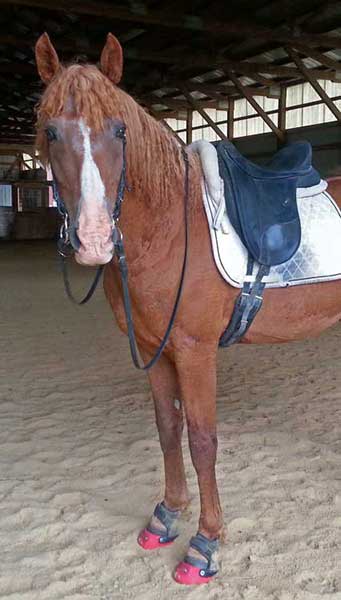 How to make your own homemade thrush treatment
How to make your own homemade thrush treatment
1 cup Bentonite Clay
1 cup Diatomaceous Earth
1 tbsp Copper Polysaccharide Complex
Clean the hooves thoroughly, brush them out if needed. Apply small amount of dry thrush treatment to the thrushy crevices and use your hoof pick to gently press it into those areas including the frog sulcus – being careful not to hurt your horse in the process. Then apply a generous amount to the whole bottom of the hoof and put your hoof boot on. Set the hoof down on the ground and adjust your boot as needed.
When I treated Jobi I left him booted for around 8 hours both days. When I took the boots off they of course stunk link sweaty feet and thrush (a magical mixture!). The dry thrush treatment was no longer dry but rather caked on in the inside of the boot from drawing moisture from the hoof. You'll need a toothbrush and something to pick away at the caked on stuff when you wash the boots (which I recommend right away so it doesn't harden and become more difficult later).
Of course you might need to treat more than two days, that was when I saw big improvement for Jobi. I also hand-exercised or rode him those days he was booted with the dry thrush treatment.
Other particulars that may benefit you in trying to treat thrush on your own – Jobi's been being trimmed every 4 weeks based on the ideas of Pete Ramey and barefoot trimming. He's on grass pasture, no grain, and being supplemented with California Trace every day. I'm booting him with the Easy Boot Gloves.
Ordering the ingredients
I already had a large amount of Bentonite Clay on hand – it's useful for detoxing both internally and externally – so I didn't figure in the cost of the clay initially. But you can find it on eBay for around $4/lb and free shipping. The diatomaceous earth I bought 10lbs, which after the cost of shipping ran me around $40 so again about $4/lb. When I made my last order from California Trace for the horse's supplement I added a pound of Copper Polysaccharide Complex which cost $7.50 and will last me next to forever I imagine.
So mixing this up is very cost effective, and super easy to do. I just keep mine in a tupperware container in the barn.
Did you try this dry thrush treatment on your own horse? Let me know how it worked for you in the comments!
Hoof Boot Resources
If you can't afford or would prefer to buy used hoof boots here are some great resources I found during my research –
- Hoof Boot Exchange Yahoo Group – free membership required to post
- Hoof Boot Swap – free to post and reply
- EasyCare Bargain Bin – purchase older models, discounts, mismatches and returns for a deep discount
- EasyCare Hoof Boot Upgrade Program – trade in competitors boots that no longer fit properly for 50% of the value of a new Easy Boot purchase
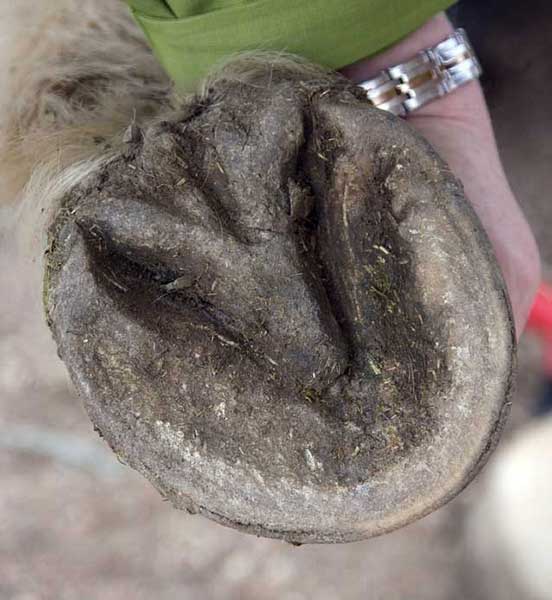

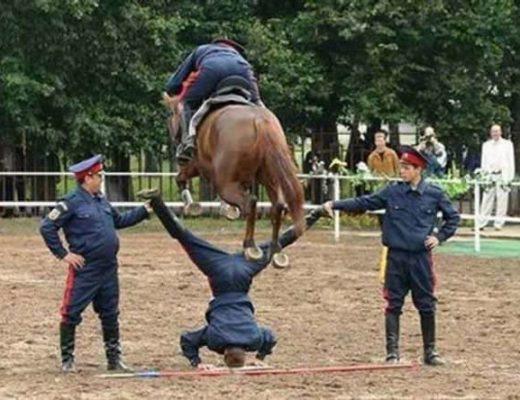
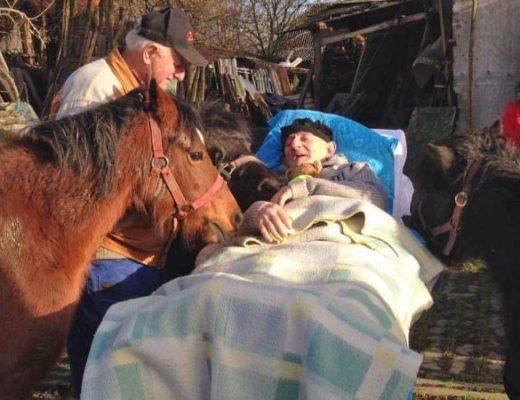
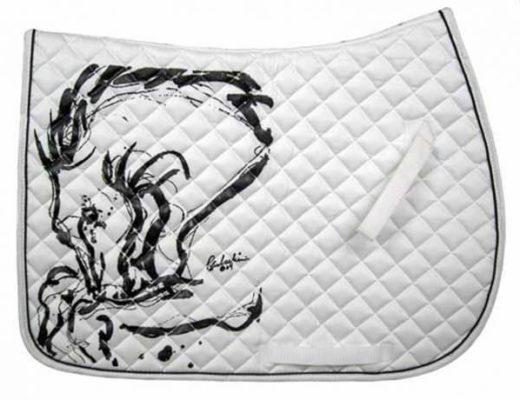
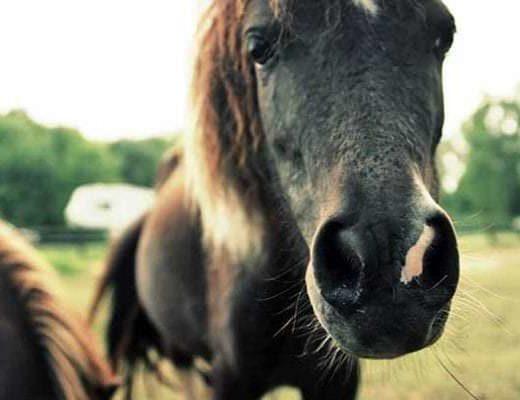
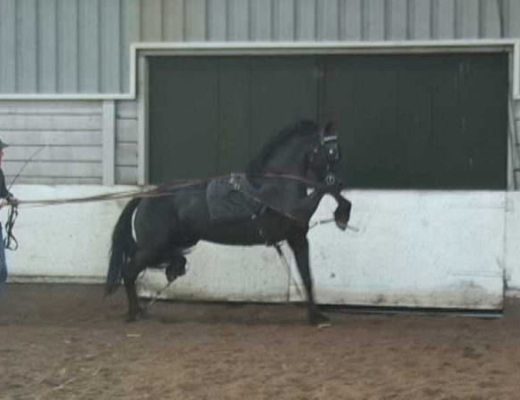
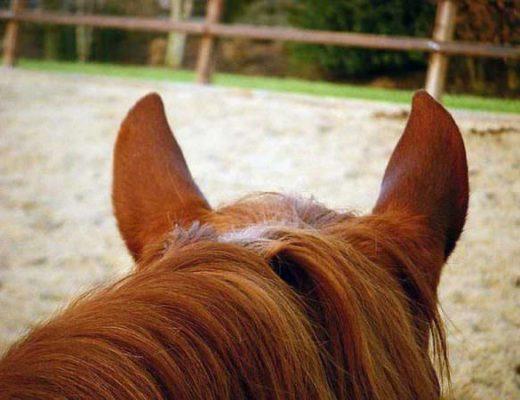
Hi I was wondering what you might be able to substitute copper polysaccharide complex for? As I can’t seem to find anything like it here in Australia! Thanks.
Hmm, not sure there’s a substitute. Is it banned from being shipped into Australia? Perhaps you can import a small order. Check out http://equine.uckele.com/poly-copper.html
did you ever post any photos?